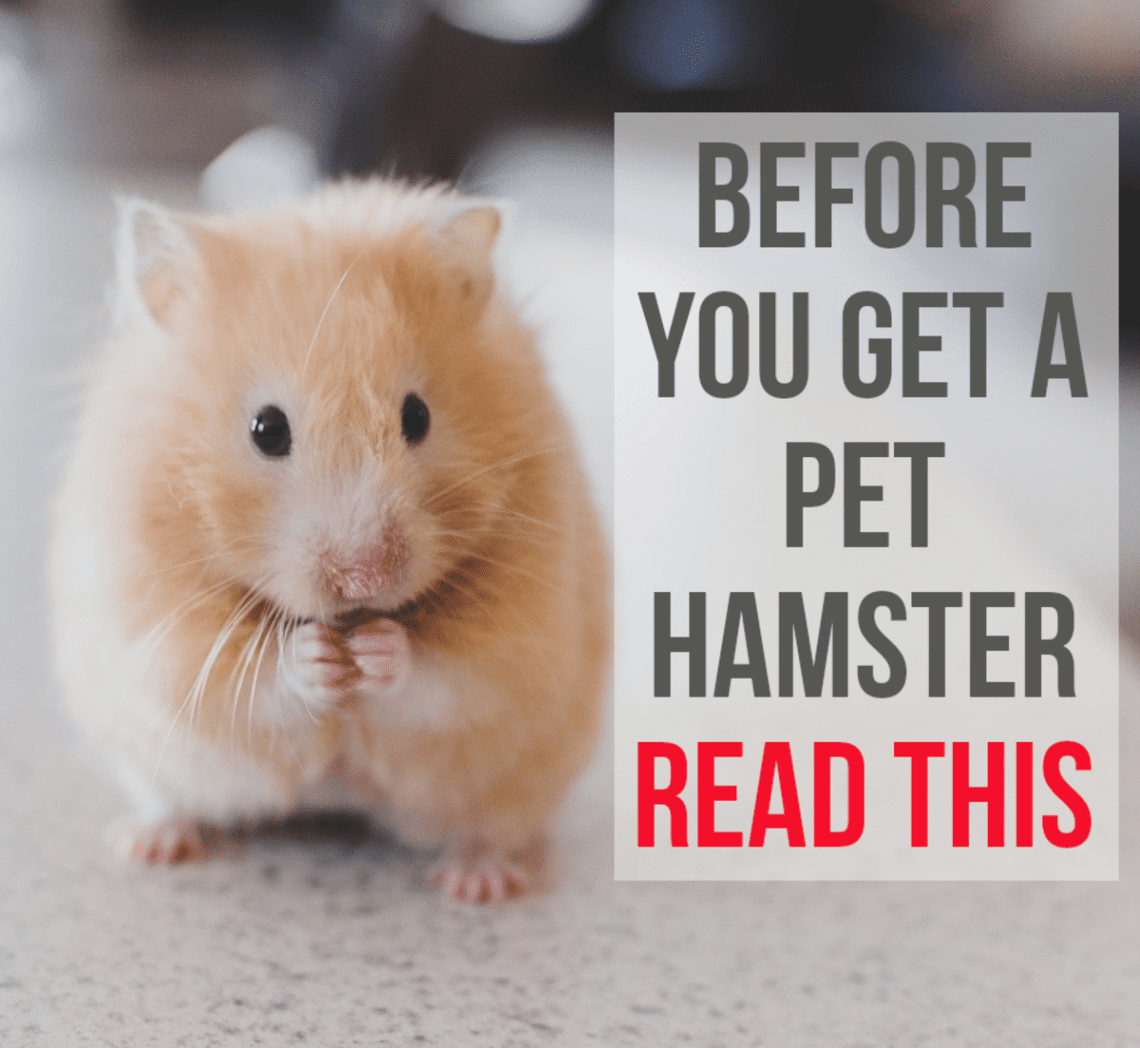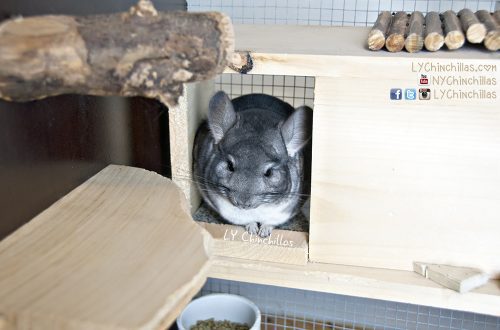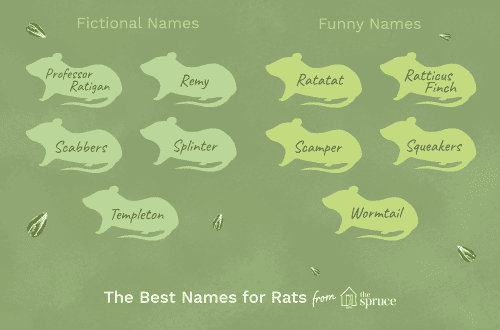
Is it worth getting a hamster in an apartment: pros and cons

Before buying this little fluffy animal, you need to think carefully about whether it is worth getting a hamster in an apartment. People, especially those living in the city, tend to be closer to nature. Therefore, they get cats and dogs, hamsters and turtles, not always realizing the responsibility and problems that come with them.
Contents
pet hamster
The hamster belongs to the subfamily of rodents with a body of 5-34 cm, a tail of 0,5-10 cm and well-developed cheek pouches. Its life expectancy is 2-3 years. Color is the most varied. The length of the coat is also very different: from short to long and even curly (rex). Despite the fact that in the wild more than two hundred species of rodents are considered pests, the hamster appeared as a pet two hundred years ago. A couple of animals were taken out of Syria and fell in love with the Europeans so much that already in the middle of the XNUMXth century, these charming fluffies lived in every tenth family. Now only in Germany there are about a million domesticated and bred individuals living with a person. The hamster has many “competitors” for the role of a pet. We recommend reading our comparison of a hamster with a parrot, a rat, a chinchilla, and other animals.
Ten reasons to get a hamster
1. Good for baby
Animal in the house is always a big plus in raising children. Caring for a pet, the child learns responsibility and discipline.
2. Easy to tame
The hamster quickly gets used to the hands. But also quickly weaned from them. Therefore, if you want your pet not to be afraid of your caresses, take it in your palms more often and hold it carefully and gently, without squeezing or hurting it. It should be very pleasant not only for you, but also for him. You can train the animal to take food from your fingers. The hamster can learn to respond to his name, get out of the house, run up to the call. But this is achieved only with constant “communication” with him.
3. Hamsters are easy to care for
There are many pros and cons to getting a hamster, but this one is worth highlighting. To keep a hamster at home, it is enough:
- purchase a cage with a minimum size of 30×50 cm;
- clean it at least once a week;
- water and feed twice a day with good food.
Hamsters do not need to bathe, walk, comb out. They do not get bored if the owners leave for a long time. They do not need expensive accessories and toys, shampoos and other care products.
4. The animal is unpretentious in food
In nature, hamsters eat both plant and animal foods. Any pet store sells dry grain mix. Hamster can be fed with fresh vegetables, fruits, herbs, bread, milk and cottage cheese. It is allowed to offer even dog or cat dry food. He needs very little food, only 10-20 g per day, so you can afford to spend money on elite food. You can not give food from your table, especially if it is fatty, salty, spicy or fried.
5. Solid positive
Every owner of a fluffy pet knows why hamsters are needed. For positive emotions, in order to cheer up. When a warm fluffy lump sits in the palm of your hand and trustfully examines you with black beady eyes or, holding a piece of carrot with its front paws, funnyly moves its antennae, all the troubles of the past day disappear without a trace and are forgotten. The hamster plays funny, runs in a wheel, in a special transparent ball and amuses the whole family. He never sits still.
If the first five reasons have already convinced you to get a pet, then before purchasing, we strongly recommend that you read our article on choosing the right hamster.
6. Breeding
Getting acquainted with the pros and cons of keeping hamsters in an apartment, one cannot help but recall the relationship between the sexes. It is curious to observe courtship, but even more interesting when offspring appears in a family of rodents. This event will be the most memorable for the kids. It will be informative and useful for them to watch how a tiny mom and dad take care of their offspring, how blind pink worms become fluffy and adult hamsters in just a month.
7. Variety when choosing
Comparing the characters, habits and external signs, of the many types of hamsters, a person for home maintenance most often chooses Dzungarian and Syrian:
- Syrian – popular hamsters up to 20 cm in size. They have a kind, calm character, they are well trained. After many years in captivity, the originally golden fur can now come in a wide variety of colors and lengths. Lumps in which it is not clear where the tail is and where the muzzle is – this is a variety called Angora;
- Dzungarian – nimble small (up to 10 cm) hairy, very beautiful hamsters with light fur and a dark stripe along the back;
But before deciding whether to get a Dzungarian or Syrian hamster, you should also pay attention to other breeds, for example:
- Roborovsky hamsters are the smallest (up to 5 cm) hamsters, distinguished by their lop-earedness and collectivism. They like to live in a friendly company and almost do not smell;
- Campbell’s hamsters are small (up to 10 cm) with furry legs and not very friendly character.
8. Get sick a little
Compared to other pets, hamsters are not prone to many diseases. If their cage is not standing in a draft, if the animals are not shaking from the cold and not suffocating from the heat, they will safely live their short life without getting sick. The symptoms of ill health are the same as in all animals. Timely diagnosis will help to quickly cure the pet. When choosing a breed, sorting through all the pros and cons of Djungarian hamsters in the house, the fact that they get sick less than others can be decisive.
9. Not expensive
Even the most expensive and rare breeds of these rodents are an order of magnitude cheaper than a British cat or a good shepherd. On average, the price of hamsters in our time varies from 100 to 500 rubles and depends on the breed and age of the animal. Items and accessories for its maintenance can be purchased for 1-2 thousand rubles. Cheaper than a hamster – only mosquitoes.
10. Sociability
If in many other animals their attitude towards people depends on their character, experience, training, then the hamster loves and plays with everyone. He is trusting, quickly gets used to affection and also quickly forgets insults.
Against the hamster
Before you get a pet, you need to think about whether it is good to have a hamster at home? It will not be superfluous to know what a hamster can be dangerous for. With the animal comes responsibility for it. When deciding whether to buy a hamster, you need to know the negative aspects of keeping this animal at home.
1. Unpleasant smell with improper care. By cleaning the cage once a week, regularly changing sawdust, this disadvantage can be avoided. 2. Undesirable content in a family with a small child (preschooler). No matter how you explain to the baby that the hamster is not a toy and cannot be squeezed and thrown, a tragedy can happen. 3. Noisy at night. If you stop the wheel in a cage at night, then just the stomping of small feet and the rustling will not wake you up. 4. They can bite. All living beings protect themselves by any means available when they are afraid. A hamster has only one way to defend itself – to bite. To prevent this from happening, you just need to make sure that your pet is not scared. If you are very afraid of being bitten, you might prefer a harmless guinea pig. In this case, we recommend that you read our material on comparing a hamster with a guinea pig.
Most importantly, when deciding whether a hamster will live with you, weighing all the pros and cons, you first need to think about how well the animal will live with you, and not vice versa.
Is it worth it to have a hamster in the house?
4.2 (83.44%) 64 votes





